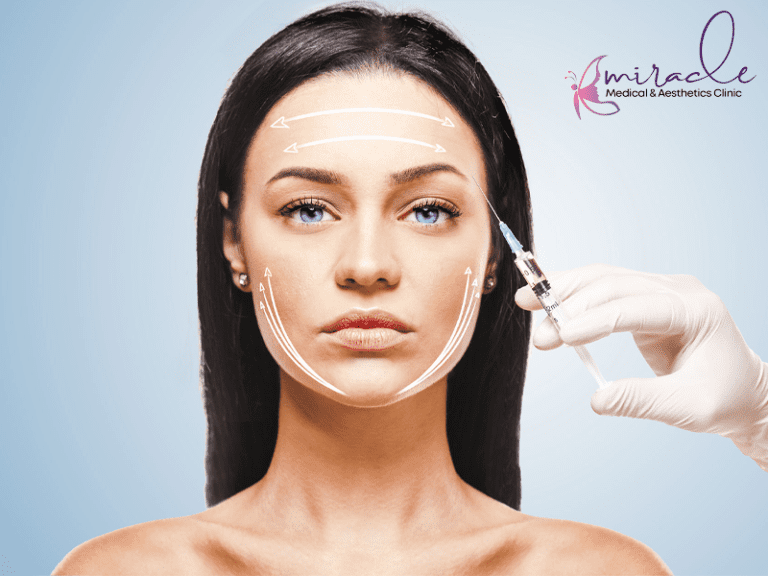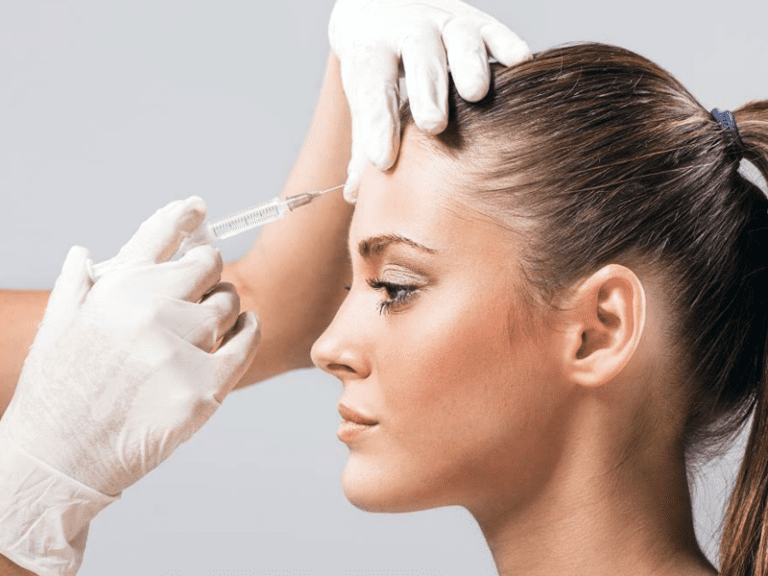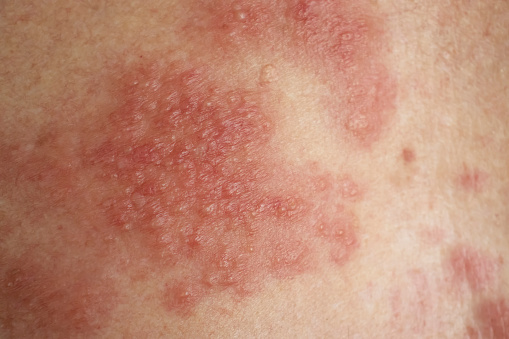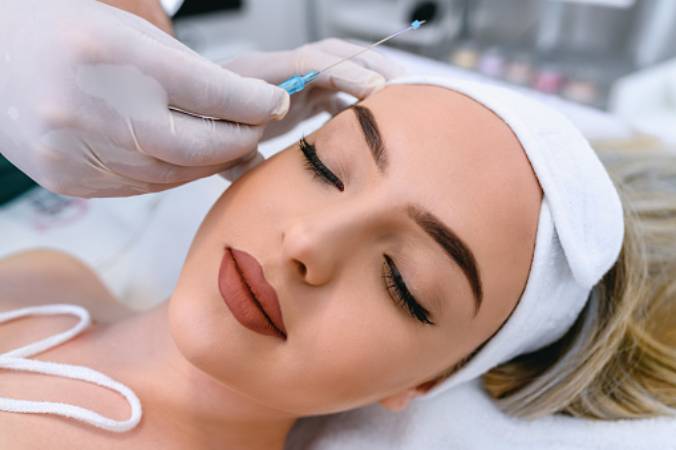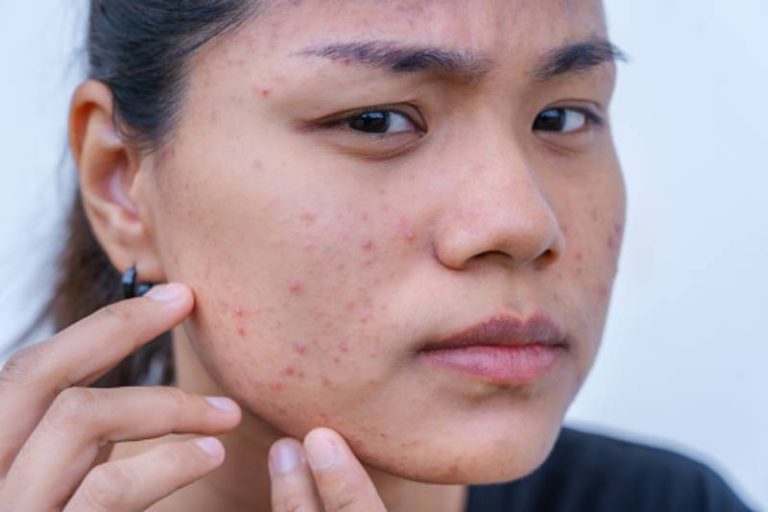Pigmentation 101 -Why it Happens and How to Treat it
Whatever your age, there are very few of us who haven’t experienced some sort of skin blemish, colour change or ‘pigmentation’. From sunburn to hormonal changes and infections – skin colour changes can sometimes make us feel self-conscious and searching for answers.

We’ve talked to the professionals, read and researched medical books and tried to create an easy-to-digest blog that will help you understand what causes these skin alterations and how you can treat them.
What do we mean by pigmentation?
Skin colour is determined by a pigment (melanin) made by specialised cells in the skin (melanocytes). The amount and type of melanin determine a person’s skin colour – or skin pigmentation.
Pigmentation is the colouring of a person’s skin. When a person is healthy, his or her skin will appear normal in colour. In the case of illness or injury, the person’s skin may change colour, becoming darker (hyperpigmentation) or lighter (hypopigmentation).
What causes hyper or hypo pigmentation and skin blemishes?
Irregular areas in which there are changes to skin colour are much more common than you might think. Often, you may have changes in the pigmentation of a certain area of your skin due to a difference in the level of melanin it contains. Melanin is the substance that provides colour to the skin and protects it from the sun. However, there are a wide range of reasons and causes of pigmentation – some of which are listed below…
Burns – Your skin is much more delicate than you think, and burns – either from the sun or otherwise (hello, hot oven!) – may cause scar tissue of a different colour to form. Some medications can make the skin more susceptible to the sun’s rays, and radiation therapy can also cause a kind of burn that changes the colour of your skin.
Infections are a common reason for localised changes in skin colour. Cuts and scrapes regularly develop infections that turn the surrounding skin red or white and change the texture too. Erythrasma, Tinea versicolour and ringworm are all infections that can cause patches of skin to turn white, pink, tan, or brown and scaly. The patches can occur all over the body, depending on the exact type of fungus.
Autoimmune Diseases and Allergies, such as lupus erythematosus and dermatomyositis, can be responsible for changes in skin colour, whilst Eczema is a type of hypersensitivity reaction (allergy) that can cause red, scaly patches that ooze. Related to eczema, pityriasis alba can cause dry, white patches on the skin in children.
A wide variety of rashes, such as dermatitis herpetiformis, contact dermatitis, poison ivy rashes, and others can be caused by an allergic reaction. Scleroderma can create thick, shiny patches of skin. Vitiligo is a condition in which cells that produce melanin are attacked by the immune system, leaving behind patches of skin with no colour at all.
Hormonal Changes, especially during pregnancy, can cause skin colour changes. Melasma, or chloasma, can cause dark patches on the face, often called the “mask of pregnancy.”
Birthmarks are also a cause of skin colour changes.
Café-au-lait spots are light-coloured spots on the skin. A few café-au-lait spots are perfectly normal, but more than six may be an indicator of neurofibromatosis—a genetic disorder that negatively affects the growth and formation of nerve cells.
Moles are brown spots that can appear on the skin at birth. Changes in the size or shape of these spots can signal trouble and should be checked by your doctor.
Mongolian blue spots are bluish patches that can appear on the backs of babies and young children, usually of Asian descent. They are harmless and often fade over time.
Port-wine stains are a type of birthmark caused by swollen blood vessels. They are usually flat and appear pink or red in colour.
Skin Cancer Cancer can change skin colour or texture. Your doctor should examine moles or other rapidly changing skin lesions.
Is it possible to treat, diminish or remove pigmentation and skin blemishes?
Firstly, don’t panic! There are a number of ways to treat your pigmentation changes, from great makeup to microdermabrasion or topical bleaching creams. Diagnosis of the reason behind your pigmentation changes is key though, as not all ‘dark spots’ are created equal. If you’re unsure or worried, then make an appointment to see your doctor before attempting any drastic treatments.
Make up for flawless skin
Suddenly noticing the appearance of dark spots or pigmentation can be a real blow to your confidence, but as with many flaws – a great makeup technique can be your saviour. Whilst we don’t endorse any products specifically here at SkinBase (apart from our own 3D Lifting cream!) these videos have some great techniques for covering dark spots and blemishes.
Microdermabrasion
The SkinBase microdermabrasion facial was designed as a skin pigmentation treatment and can therefore vastly improve the appearance of facial pigmentation and skin blemishes, especially melasma.
Microdermabrasion will ultimately act as a treatment for your pigmentation, gently removing a layer of skin and removing the dark skin which has formed. The final result and the number of treatments depends on a number of factors including the type of lesion, skin type, the degree of sun tan, size and depth of the vessels and the location to be treated
Remember, it is even more important than ever to protect your skin with a high factor sun cream following microdermabrasion due to the crystals gently buffing away the dead skins that may have been helping to protect your skin.
Topical bleaching creams
A skin bleaching cream can be used to visibly reduce the appearance of: sun damage, age spots, freckles, acne marks, old scars, birthmarks, melasma and uneven skin tones.
A skin bleaching cream works in two different ways:
- Absorbing the UV rays preventing the sun from darkening your skin
- Reducing the production of melanin, the pigment responsible for skin darkening
Most skin bleaching creams contain ingredients that can reduce the amount of melanin production by inhibiting tyrosinase, a key enzyme to melanin synthesis.
A skin bleaching cream is not a product you should buy in a rush. You need to choose wisely and carefully, because some skin bleaching creams may contain ingredients with serious side effects. The first thing to do before buying a skin bleaching cream is to check the ingredients it contains. This will allow you to discard the creams that contain chemicals that can be harmful or that are banned.
At home treatment
There is an ‘at home’ remedy that may assist with easing the symptoms of hypopigmentation. Simply take a small piece of fresh ginger and dab it on the area of skin that has hypopigmentation. Do not rinse this off. Do this twice a day. It will take time to work but within a few months, scars will apparently have faded away completely. Note* we haven’t tried this and would recommend a trip to your doctor or dermatologist for hypopigmentation!
Finally, remember that nothing beats prevention!
To avoid the most common pigmentation problems, you need to avoid excessive sun exposure and if required to go in the sun then apply a sunscreen with a minimum SPF of 30.
Hypo pigmented skin sunburns easily, and hyper pigmented skin may get even darker.
Re apply sunscreen every three hours. Plus, to enjoy healthy skin you must follow a proper skin care routine – cleansing, toning, moisturising and exfoliating.
- Keywords: pigmentation
- miracleadmin
